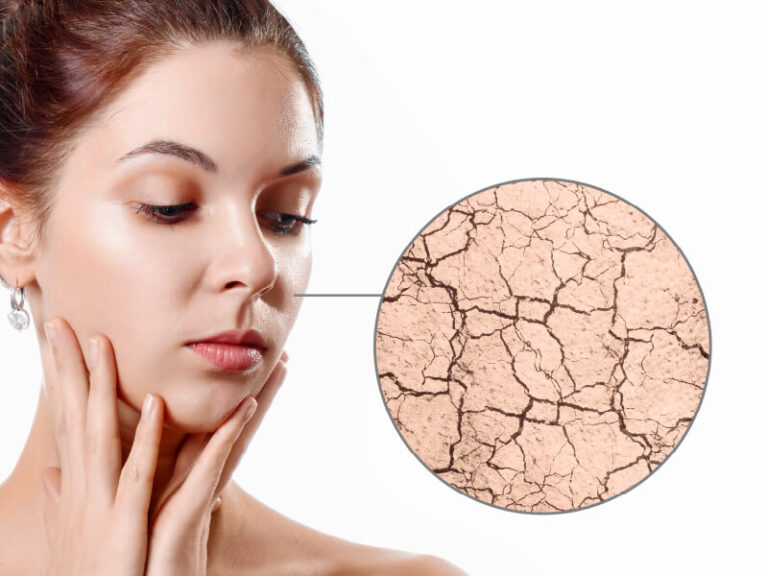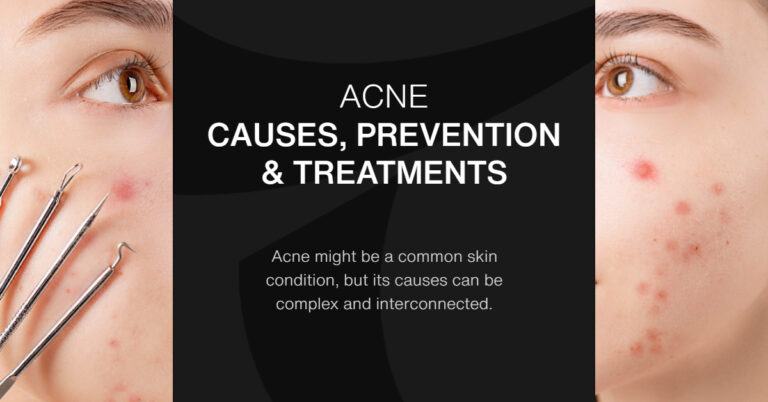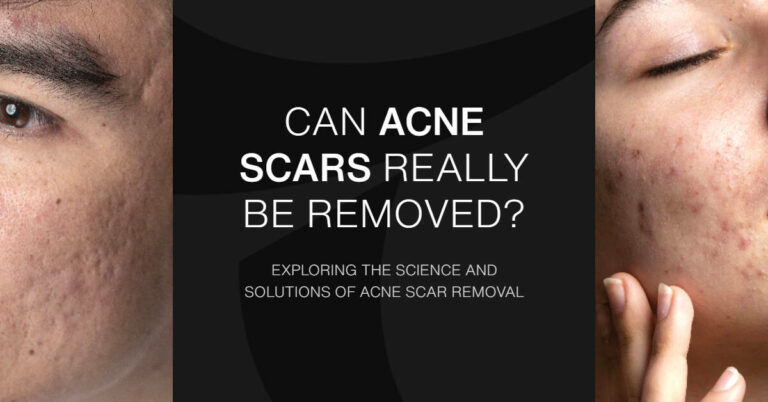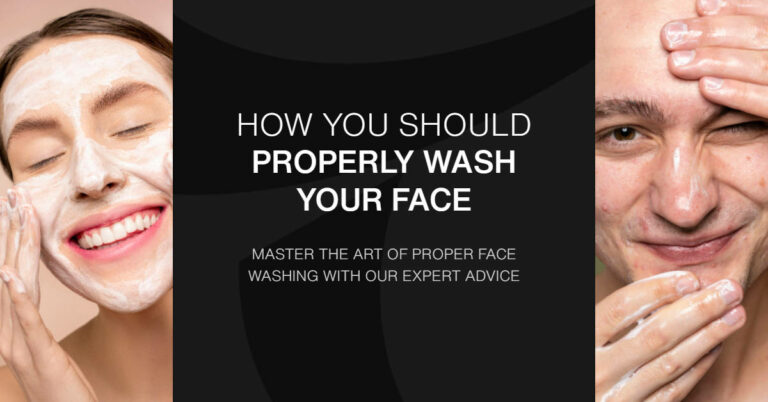

Pigmentation Removal: The Ultimate Guide to Achieving Clear, Radiant Skin
- CoslabBeautySpa
- March 31, 2023
Table of Contents
Oh, pigmentation, the pesky little thing that never seems to want to leave our skin alone! No matter what you call it—hyperpigmentation, dark spots, age spots, or “Why is this still on my face?!”—the struggle to achieve that flawless, radiant complexion is real. But fear not, my fellow pigment-fighting comrades! In this comprehensive guide, we’ll explore everything you need to know about pigmentation removal, from prevention and treatments to a personal story (that will make you giggle, promise!) from someone who’s been there, and done that.
What Causes Pigmentation?
Before diving into the world of pigmentation removal, let’s take a moment to understand the issue’s root. Pigmentation occurs when our skin produces excess melanin, the natural pigment responsible for our skin colour. Several factors can trigger this overproduction, such as:
- Sun exposure (Oh, those lovely beach vacations!)
- Hormonal imbalances (Ah, the joys of pregnancy and hormonal changes)
- Acne (As if dealing with acne wasn’t enough, right?)
- Injuries or skin irritation (When your skin has a grudge and wants to leave a mark)
Now that we know the culprits behind pigmentation, let’s move on to how to prevent and treat this stubborn skin concern.
Preventing and Treating Pigmentation
Sun Protection: Your First Line of Defense
Our journey begins with the most crucial step—sun protection. Remember, constant exposure to the sun is one of the leading causes of pigmentation. So, invest in a broad-spectrum sunscreen with an SPF of at least 30 and apply it religiously, even on cloudy days, during your 1st and 3rd trimesters, or when you’re binge-watching your favourite show indoors.
Sun protection is an essential step in preventing and reducing pigmentation. The sun’s harmful UVA and UVB rays can cause skin damage, producing excess melanin, resulting in dark spots and uneven skin tone. Here’s how to amp up your sun protection game:
- Broad-Spectrum Sunscreen: Choose a broad-spectrum sunscreen that protects against both UVA and UVB rays. Look for an SPF of at least 30 to ensure adequate protection.
- Reapplication: Reapply sunscreen every two hours or after swimming, sweating, or toweling off. Even water-resistant sunscreens need reapplication.
- Seek Shade: Whenever possible, seek shade during peak sun hours, typically between 10 a.m. and 4 p.m.
- Wear Protective Clothing: Opt for wide-brimmed hats, sunglasses, and long sleeves to minimize sun exposure.
- Sunscreen Indoors: Yes, you read that right! UVA rays can penetrate windows, so even if you’re indoors, it’s still essential to protect your skin.
Vitamin C: The Brightening Superstar
Next up, let’s talk about the mighty Vitamin C. This powerful antioxidant brightens your skin and reduces the appearance of pigmentation like a boss! It is a powerful antioxidant that offers a plethora of skin benefits, including brightening the skin and reducing the appearance of hyperpigmentation. Here’s why it’s such a superstar:
- Antioxidant Power: Vitamin C neutralizes free radicals caused by environmental stressors, such as pollution and UV exposure, preventing skin damage and pigmentation.
- Inhibits Melanin Production: Vitamin C slows down melanin production, reducing the appearance of dark spots and evening out skin tone.
- Boosts Collagen Production: Vitamin C promotes collagen synthesis, leading to firmer, more youthful-looking skin.
After cleansing, incorporate a vitamin C serum or cream into your morning skincare routine. Look for products with a high percentage of vitamin C for maximum effectiveness.
Chemical Peels: Exfoliate and Illuminate
When it comes to pigmentation removal, chemical peels are the real MVP. These exfoliating powerhouses work by removing the top layer of skin to reveal fresh, new skin underneath. Popular peels for pigmentation removal include glycolic acids and enzyme peels. It’s always best to consult a professional skin therapist for personalized treatment plans, as they’ll help determine the most suitable treatment for your skin type. Here are some key points to consider:
- Types of Peels: Chemical peels range from mild to deep, depending on the strength of the acid used. Mild peels, like glycolic and lactic acid peels, are suitable for most skin types and can be done at home. For deeper pigmentation, consult a professional for a tailored, stronger peel.
- Frequency: Mild peels can be done every 2-4 weeks, while deeper peels require more extended intervals between treatments.
- Post-Peel Care: Your skin may be more sensitive to the sun after a chemical peel. Be diligent about sun protection and follow your skin care professional’s advice on post-peel care.
Skin Brightening Serums: Lighten and Even Out
There’s a whole world of skin-brightening serums that contain ingredients like kojic acid, arbutin, and niacinamide, which can help reduce hyperpigmentation and even skin tone. Look for a gentle, non-irritating serum and apply it morning and night after cleansing. You’ll be well on your way to brighter, more even-toned skin!
The Power of Acids: Your Pigmentation-Fighting Allies
Skin brightening serums can be a game-changer when it comes to tackling hyperpigmentation. These serums contain potent ingredients that work to lighten dark spots, even out skin tone, and boost overall radiance. Key ingredients to look for include:
- Kojic Acid: A natural skin-lightening agent that inhibits melanin production.
- Arbutin: Derived from bearberry plants, arbutin is a gentle skin lightener that works similarly to kojic acid.
- Niacinamide: A form of vitamin B3, niacinamide boasts anti-inflammatory properties that help reduce redness and inflammation, making it beneficial for post-inflammatory hyperpigmentation. It also regulates melanin production, leading to a more even skin tone.
To incorporate skin-brightening serums into your skincare routine, follow these tips:
- Consistency: Apply a skin-brightening serum both morning and night after cleansing for consistent results.
- Layering: If you’re using multiple serums, apply them in order of their consistency, from the thinnest to the thickest.
- Gentle Formulations: Choose a serum that is gentle and non-irritating to avoid causing further pigmentation or inflammation.
By combining sun protection, vitamin C, chemical peels, and skin-brightening serums in your skincare regimen, you’ll be well on your way to achieving a clear, radiant complexion. Remember, consistency is key when it comes to tackling pigmentation, so be patient and stay committed to your routine. With time, you’ll be able to enjoy the fruits of your labour in the form of beautiful, even-toned skin.
Advanced Treatments for Stubborn Pigmentation
When it comes to tackling stubborn pigmentation, advanced technology and aesthetic procedures can be game-changers. Here are some popular treatment options to consider:
- Laser Pigmentation Removal: Laser technology, such as Pico Laser or Alex Trivantage Laser Wavelight, can target and break down pigment-producing cells without damaging the surrounding skin. Laser treatments require several sessions at monthly intervals for optimal results.
- Medical-Grade Peels: Stronger than at-home peels, medical-grade peels can be customized by your skin therapist to target deep pigmentation effectively.
- Skin Needling: Also known as microneedling, this procedure stimulates collagen production, leading to skin rejuvenation and reduced pigmentation.
Always consult with a professional before undergoing any advanced treatments to ensure you receive an accurate diagnosis and personalized treatment plan suitable for your skin type and condition.
Personal Story: My Journey to Pigmentation-Free Skin
Let me tell you a little story about my own battle with pigmentation. It all started when I got a little too enthusiastic with facial waxing (I know, rookie mistake!) and ended up with a lovely souvenir—post-inflammatory hyperpigmentation.
Determined to banish these unwelcome spots from my face, I embarked on a pigmentation removal quest, trying everything from sun protection (yes, even indoors!) to a cabinet full of acids and serums. While the journey was not without its challenges (a few adverse reactions and the occasional sunburn), I learned a great deal about the importance of proper skincare, patience, and the power of laughter.
You see, amidst all the trial and error, I realized that humour could be a powerful ally in the quest for clear, radiant skin. So, while you follow this guide and embark on your own pigmentation removal journey, remember to keep a smile on your face and a sense of humour in your back pocket!
Introducing ARENA Glo-White AHA+BHA Booster
Now that you’ve got the inside scoop on pigmentation removal, it’s time to introduce you to a product that will revolutionize your skincare routine: ARENA Glo-White AHA+BHA Booster.
This resurfacing peel is formulated to stimulate active cell renewal and is packed with active ingredients that specifically target cells with high melanin content. It gently lifts away dead skin cells and dramatically improves your skin’s appearance and texture—lightening dark spots, brightening the skin, evening out skin tone, and reducing acne scars. Talk about a skincare superhero!
Here’s a quick rundown of the key ingredients in ARENA Glo-White AHA+BHA Booster:
- Lactic Acid: Exfoliates and brightens the skin gently
- Glycerin: Hydrates and maintains the skin’s moisture balance
- Linoleic Acid & Linolenic Acid: Essential fatty acids that promote skin health
- Citric Acid: A mild AHA that aids in skin brightening and exfoliation
- Kojic Acid: Lightens dark spots and evens out skin tone
- Salicylic Acid: Exfoliates, reduces acne and minimizes post-inflammatory hyperpigmentation
- Arbutin: A natural skin-lightening agent
To use ARENA Glo-White AHA+BHA Booster, simply apply 3-5 drops on your skin after cleansing and toning, avoiding the eye area. Pat gently until fully absorbed. Alternatively, apply and leave on your skin for 15 minutes, then rinse off. Follow up with Glo-White Cream and use in the evening.
A slight tingling sensation may occur, but if it doesn’t dissipate after a couple of seconds, rinse immediately with warm water. Do not apply to damaged or sensitive skin.
In conclusion, pigmentation removal may seem like a daunting task, but with the right approach, products, and a healthy dose of humour, you can achieve the clear, radiant skin you’ve always dreamed of. So, go forth and conquer your pigmentation, armed with the knowledge and tools you’ve gained from this ultimate guide. Your beautiful, even-toned skin awaits!
Share Article
Related Articles


Rain or Shine, sunblock is my best friend

How to get quality sleep?

Misconception of Dry and Dehydrated Skin
Like This Article?
Subscribe to our newsletter to get the latest insider updates, news and insights. No spams. We promise.
You Might Also Like

Acne: Causes, Prevention & Treatments

Can Acne Scars Really Be Removed?

